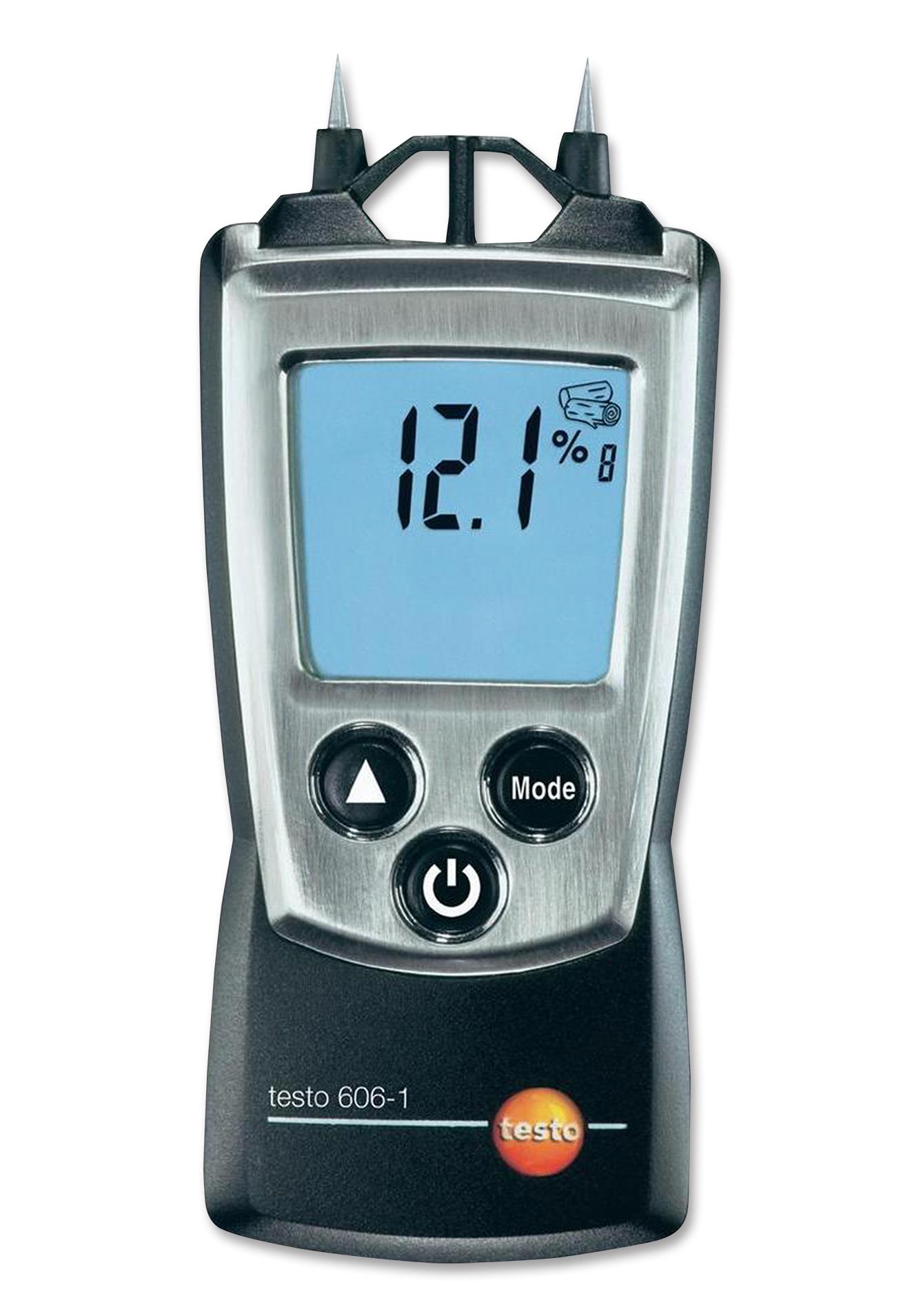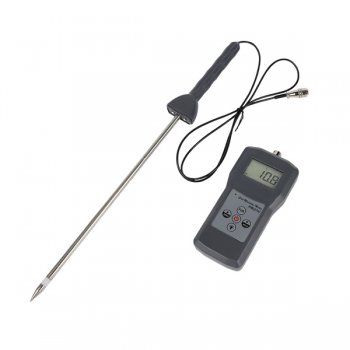The Science Behind Moisture Meters: How They Function and Why They're Essential
The Science Behind Moisture Meters: How They Function and Why They're Essential
Blog Article
Delve Into the Globe of Moisture Meters: Whatever You Need to Know
In the world of moisture meters exists a world of accuracy and functionality that commonly goes undetected. These gadgets, while apparently straightforward, hold a riches of info that can substantially impact numerous markets and applications. Understanding just how moisture meters operate, the various kinds available, and their varied uses can clarify their importance in making certain high quality and performance. By checking out the intricacies of wetness meters, one can uncover a useful tool that transcends plain measurement, using insights that can make a considerable distinction in various areas.
Just How Moisture Meters Work
Moisture meters operate by determining the electrical conductivity or capacitance of products to establish the moisture material existing. These meters are invaluable tools across different sectors, including building and construction, agriculture, and woodworking. By utilizing different methods such as pin-type or pinless innovation, dampness meters give exact analyses that assist experts make notified choices.
Pin-type dampness meters function by placing the sharp pins right into the material being tested. On the various other hand, pinless dampness meters utilize electromagnetic signals to scan a bigger location without triggering any type of damage to the product's surface area.
Despite the method made use of, wetness meters play a critical function in stopping problems such as mold development, structural damage, or item problems brought on by excess dampness. Comprehending how these meters work is crucial for making sure the high quality and integrity of products in various applications.
Kinds of Moisture Meters
Provided the critical function dampness meters play in numerous industries, it is important to comprehend the various types readily available to experts for accurately examining dampness levels - Moisture Meter. There are largely two major sorts of dampness meters: pin-type and pinless wetness meters

On the other hand, pinless dampness meters use electro-magnetic sensor plates to check a bigger area of the product without causing any damages. This kind is appropriate for quickly scanning big locations and is typically utilized for flooring, walls, and ceilings. Pinless meters are hassle-free for taking readings on finished surface areas without leaving any noticeable marks.
Both kinds of moisture meters have their advantages and are picked based on the specific demands of the task at hand. Comprehending the distinctions in between these types is critical for professionals to make precise dampness assessments.
Applications Throughout Industries
With diverse performances, dampness meters find widespread application across different sectors, aiding professionals in making sure optimum problems for structures and materials. In the agriculture market, dampness meters are invaluable for determining the wetness material in grains, seeds, and hay, making sure quality assurance and protecting against mold development. Building and construction professionals rely upon moisture meters to evaluate the moisture levels in building materials like concrete, drywall, and timber, which is critical for keeping architectural honesty and protecting against concerns like rot or mold and mildew. The floor covering market uses moisture meters to measure the moisture web content in subfloors prior to mounting different flooring, preventing pricey problems because of excess wetness. Furthermore, in the food industry, moisture meters are made use of to keep an eye on and manage moisture levels in items such as grains, nuts, and dried out fruits to preserve freshness and quality. Furthermore, wetness meters play a vital duty in the repair and damage analysis market by helping specialists determine and address water damage in structures quickly. Throughout these varied industries, dampness meters are vital tools for ensuring the high quality, safety, and long life of different products and products.
Tips for Using Wetness Meters
Make use of the dampness meter's calibration settings to guarantee precise analyses when gauging the moisture content in different products. Calibration is critical for the correct functioning of a moisture meter. Before each use, it is advisable to inspect and adjust the calibration settings according to the details product being evaluated. In addition, ensure the meter is set to the correct moisture range for the material you are measuring to get one of the most specific outcomes.
When using a pin-type dampness meter, place the pins to the suitable depth recommended for the product being checked. This guarantees that the moisture analyses are extracted from the right depth within the product, supplying a much more accurate depiction of its wetness content. For pinless dampness meters, keep in mind to maintain correct contact with the material's surface area to get dependable analyses.
Regularly examine and replace the batteries in your wetness meter to prevent imprecise readings as a result of low power. When you can try these out not in usage to lengthen its life expectancy and keep its accuracy, Store the meter in a secure and see this here dry area. By complying with these pointers, you can optimize the efficiency of your wetness meter and acquire exact wetness material dimensions throughout various materials.
Maintenance and Calibration
To make sure the precision of wetness material measurements, routine maintenance and calibration of the moisture meter are vital action in its appropriate performance. Upkeep entails keeping the moisture meter complimentary and tidy from particles that could affect its readings. It is essential to comply with the maker's standards for cleansing to prevent damage to the device. Additionally, regular calibration is required to confirm the accuracy of the readings. Calibration changes the wetness meter to guarantee that it supplies trusted and regular outcomes.
Calibration should be performed occasionally, specifically if the wetness meter is used frequently or in essential applications where specific dimensions are required. Many dampness meters feature calibration devices click this site or can be calibrated by specialist solutions. Moisture Meter. It is advised to maintain a log of calibration dates and results to track the performance of the wetness meter gradually. By preserving and calibrating the dampness meter consistently, customers can trust the precision of the wetness content dimensions obtained.
Conclusion

To conclude, dampness meters play an essential function in numerous industries by accurately determining the dampness web content of materials. Understanding exactly how these gadgets function, the various kinds available, and proper maintenance and calibration are necessary for getting reliable results. Whether in production, building and construction, or farming, the use of moisture meters helps ensure quality assurance and efficiency in processes.

In verdict, wetness meters play an important function in various sectors by properly determining the moisture content of products.
Report this page